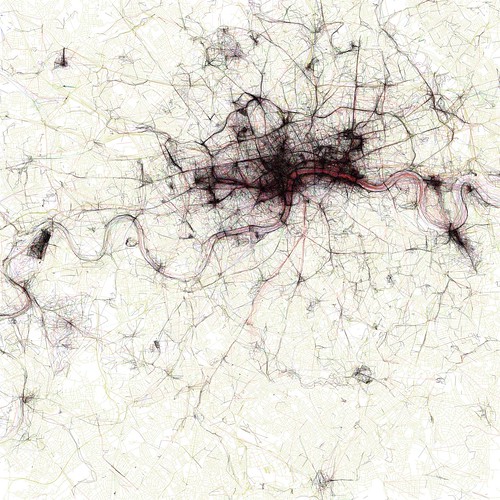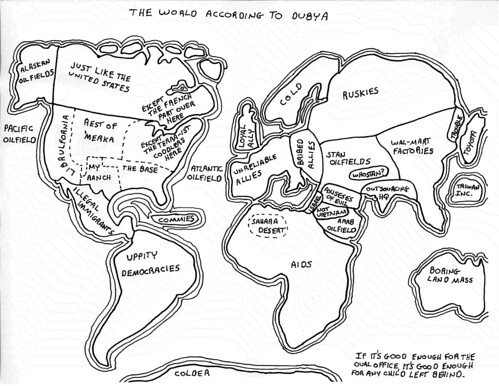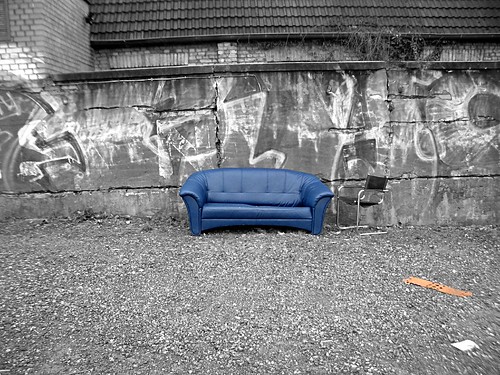More Location Tracking; This Time From Foursquare
Back in March of this year I wrote about deliberately tracking my journey by using Google's Latitude and unexpectedly tracking the same journey by looking at the history of my Foursquare and Gowalla check-ins.
By using the history function from Google Latitude I was able to put together a quick and dirty visualisation of the locations I'd been to but my check-in history added not only the location but also the place that was at each location.
During last week's Geo-Loco conference in San Francisco, Fred Wilson (no, not the guy from the B-52's) mentioned that you could feed your Foursquare check-in history into Google Maps and produce another quick and dirty visualisation of not only the places you'd checked into but also where those places were.








